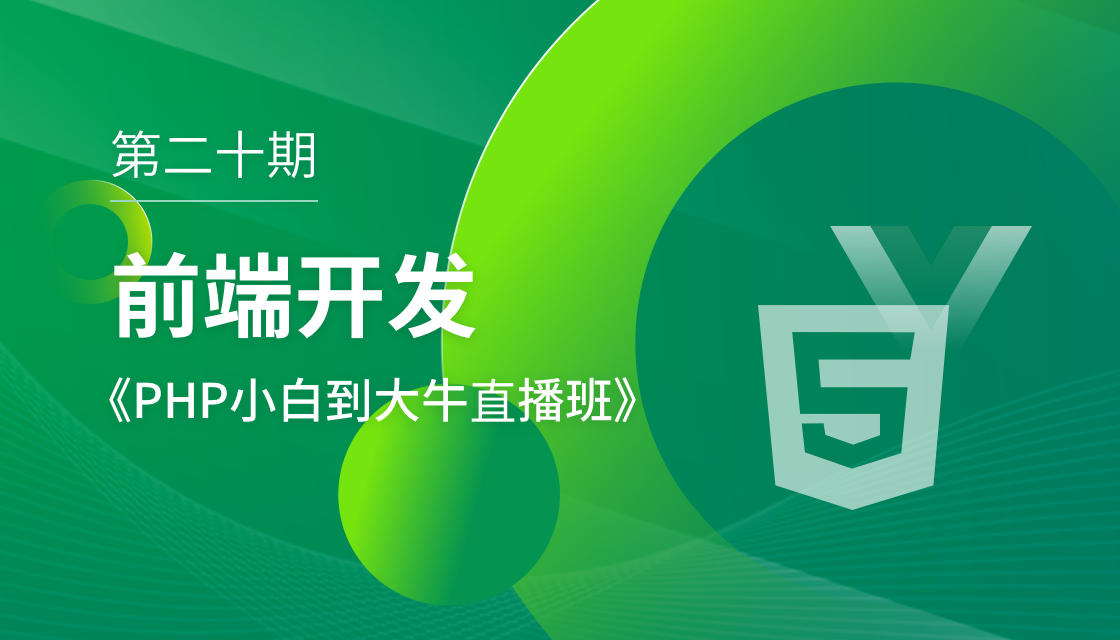Correction status:qualified
Teacher's comments:



“#”一个“#”号为一级标题
“##”以此类推这个是二级标题
“###”三级标题
“####”四级标题
“#####”五级标题
“######”六级标题,最多六级
| 人员 | 身高 | 体重 | 视力 |
|---|---|---|---|
| 张三 | 160 | 130 | 5.0 |
| 李四 | 170 | 140 | 5.1 |

<echo> hello </echo>
<!DOCTYPE html><html lang="en"><head><meta charset="UTF-8"><meta http-equiv="X-UA-Compatible" content="IE=edge"><meta name="viewport" content="width=device-width, initial-scale=1.0"><title>test</title></head><body><style>h1 {color: rgb(0, 255, 0)}</style><h1>大家好,我是帅逼</h1><script>document.body.style.backgroundColor = "yellow";document.body.style.backgroundColor = "blue"</script></body></html>
(aa>bb#123.4565>cc{搜索$@-5})+(dd>ee#789.9873>ff{商品$@5})生成结果:
<aa><bb id="123" class="456"><cc>搜索9</cc></bb><bb id="123" class="456"><cc>搜索8</cc></bb><bb id="123" class="456"><cc>搜索7</cc></bb><bb id="123" class="456"><cc>搜索6</cc></bb><bb id="123" class="456"><cc>搜索5</cc></bb></aa><dd><ee id="789" class="987"><ff>商品5</ff></ee><ee id="789" class="987"><ff>商品6</ff></ee><ee id="789" class="987"><ff>商品7</ff></ee></dd>
html结构